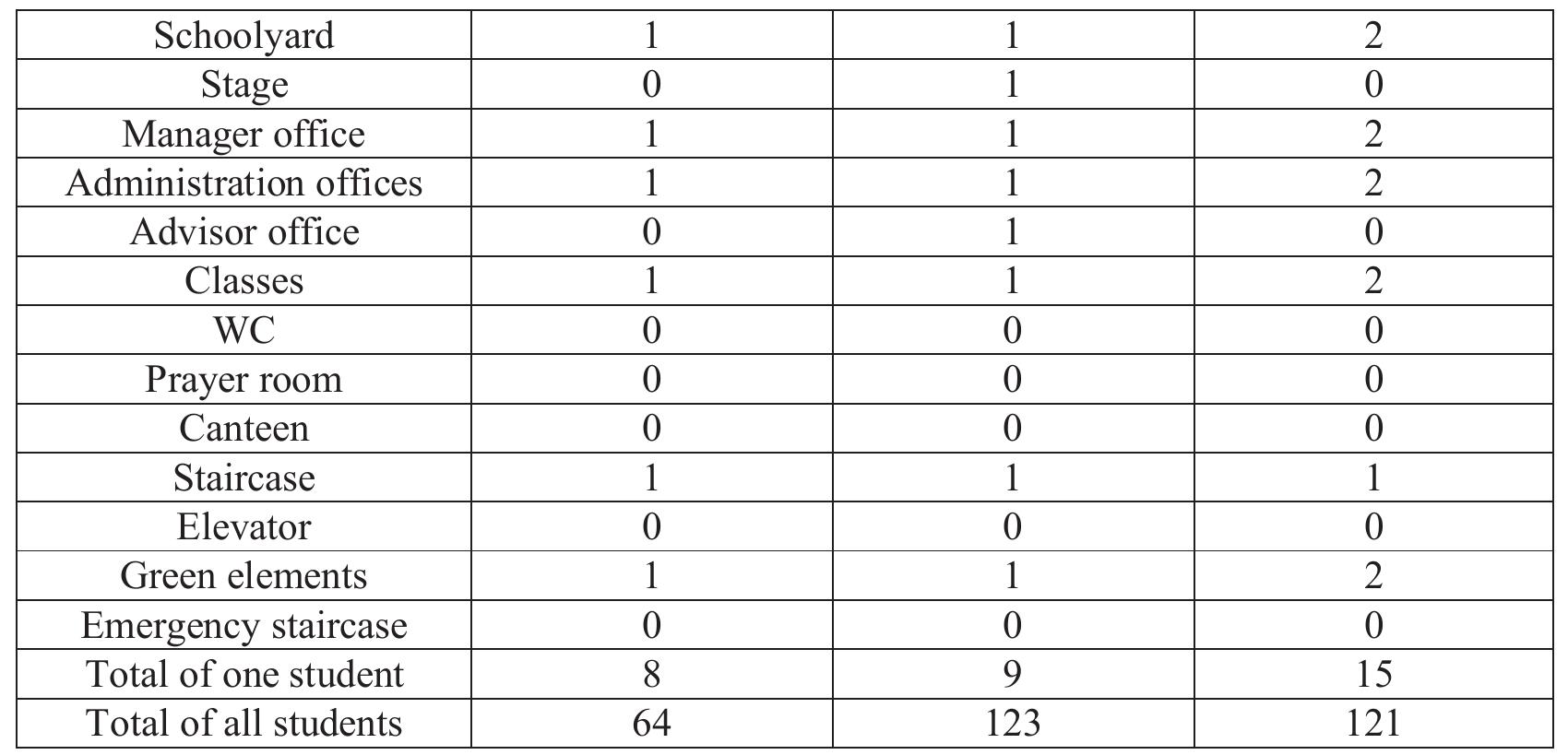Key research themes
1. How do spatial configurations and design attributes influence social interactions and user well-being in university campus open spaces?
This research theme investigates the relationship between the spatial design of university campus open spaces, including their configurations and physical attributes, and the resulting social interactions, user comfort, happiness, and social learning experiences. It matters because well-designed open spaces can foster social cohesion, improve mental health and educational outcomes, and enhance the quality of campus life, yet challenges arise when spaces fail to meet these social and psychological needs.
2. What roles do open and green spaces in campus environments play in supporting mental health, educational performance, and user perceptions?
This theme explores the impact of campus open green spaces on users' psychological well-being, mental restoration, academic satisfaction, and environmental perceptions. It is essential because campus green spaces can mitigate stress, support physical activity, and improve mood and cognitive functioning, thereby contributing to overall educational success and quality of life for students and staff.
3. How do university campus location, boundary openness, and integration with the urban context affect campus-community interactions and learning opportunities?
This theme addresses the physical and planning aspects of campus siting, boundary permeability, and the spatial interface with the surrounding city, emphasizing implications for knowledge exchange, social integration, and the campus's role within urban ecosystems. It matters because a campus that is physically and functionally integrated with its city can facilitate informal learning, enhance community involvement, and support knowledge dissemination beyond campus walls.










































